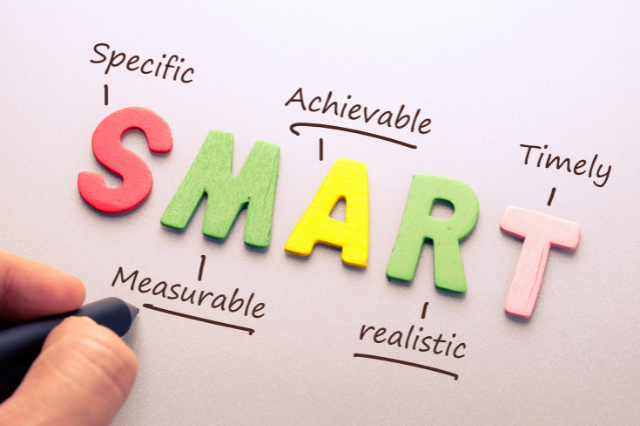Many safety trainers regularly face the challenge of creating training materials that are both engaging and effective. On the one hand, it’s important to design materials that will capture learners' attention and keep them motivated. On the other hand, the materials must also be carefully crafted to achieve specific learning outcomes. Striking the right balance can be difficult, but there are a few general principles that can help - such as incorporating engaging facilitation techniques in your training.
What are Examples of Facilitation Techniques?
Facilitation techniques are methods used to help groups of people work together more effectively. A trainer can shift to a facilitator by using a variety of techniques to encourage participation, foster open communication, and promote problem-solving.
There are a variety of techniques that trainers may use to help increase engagement among adult learners and share expertise among the group. Some examples of these techniques include - but are not limited to - the following:
Brainstorming
Brainstorming is a technique that can be used to generate ideas, solve problems, and promote creativity. The basic premise of brainstorming is that individuals working together can come up with more and better ideas than they could working alone. Brainstorming also allows for a diversity of perspectives and can help to identify creative solutions that might not be obvious to the individual participants. There are a few key principles to keep in mind when running a brainstorming session: encourage all participants to share their ideas, build on the ideas of others, and defer judgment. By following these principles, you can create an environment where participants feel free to share their thoughts and ideas, leading to more dynamic and productive brainstorming sessions.
Role-Playing
Role playing is a common facilitation technique that can be used to encourage active participation and stimulate problem solving. In role playing, participants assume the roles of specific characters in order to explore a particular issue or situation. This type of activity can be particularly helpful in exploring complex social issues. By taking on the role of another person, participants can gain a new perspective on the issue and develop a greater understanding of the impact of their own attitudes and behaviors. Role playing can also provide an opportunity for people to practice new skills, such as assertiveness or conflict resolution. When used effectively, role playing can be a powerful tool for learning and change.
Flip Chart
Another go-to technique is using a flip chart. Flip charts are popular because they are portable, easy to use, and versatile. When using a flip chart, it is important to start with a clean sheet of paper so that all participants can see the information clearly. Then, write or draw the main points in large letters or images. As the discussion progresses, add additional details to the flip chart. Be sure to involve all participants in the discussion by asking for input and soliciting feedback. When the discussion is complete, the flip chart can be used as a reference tool or taken down and recycled. Regardless of how it is used, a flip chart is an effective way to capture information and ideas during facilitation.
Ice Breakers
Ice breakers can be used to help participants get to know each other and feel more comfortable sharing their ideas. Ice breakers can take many forms, but they typically involve some type of group activity. For example, participants might be asked to share something about themselves that is unique, or they might be divided into small groups to discuss a particular question. By breaking the ice and getting participants talking, trainers can create an environment that is more conducive to open communication and collaboration. Used effectively, ice breakers can help make any meeting more successful.
Delegating Roles
When leading a training session, it is important to ensure that all participants are engaged and actively learning. One way to do this is by delegating roles. This can involve asking specific individuals to lead activities or discussion points, or giving them responsibility for providing materials or equipment. This technique helps to ensure that everyone is involved in the session, and it also allows you to focus on facilitating the overall learning process. In addition, delegating roles can help participants to feel more invested in the training and more capable of taking on leadership roles themselves in the future.
Round Robin
Round robin is a facilitation technique that can be used in training to promote active listening and engagement. This technique involves going around the room and having each person share their thoughts on the topic at hand. This allows everyone to have a chance to speak, and it also encourages people to listen to others' perspectives. When used properly, round robin can help create a more open and collaborative learning environment. Additionally, this technique can also help individuals identify their own personal biases and blind spots. By hearing others' perspectives, we can learn to see things from new angles and develop a more nuanced understanding of complex topics.
Make Your Training More Engaging
Trainers understand the importance of creating an engaging atmosphere for learners. But, sometimes it’s not always easy, or trainers don’t know where to start. The experts at Safety Mentor are dedicated to providing professionally designed training materials through our services so that trainers can have peace of mind and learners can thrive in the training environment.
Want to learn more? Contact Safety Mentor here to find out how our services can help you take your training to the next level.





